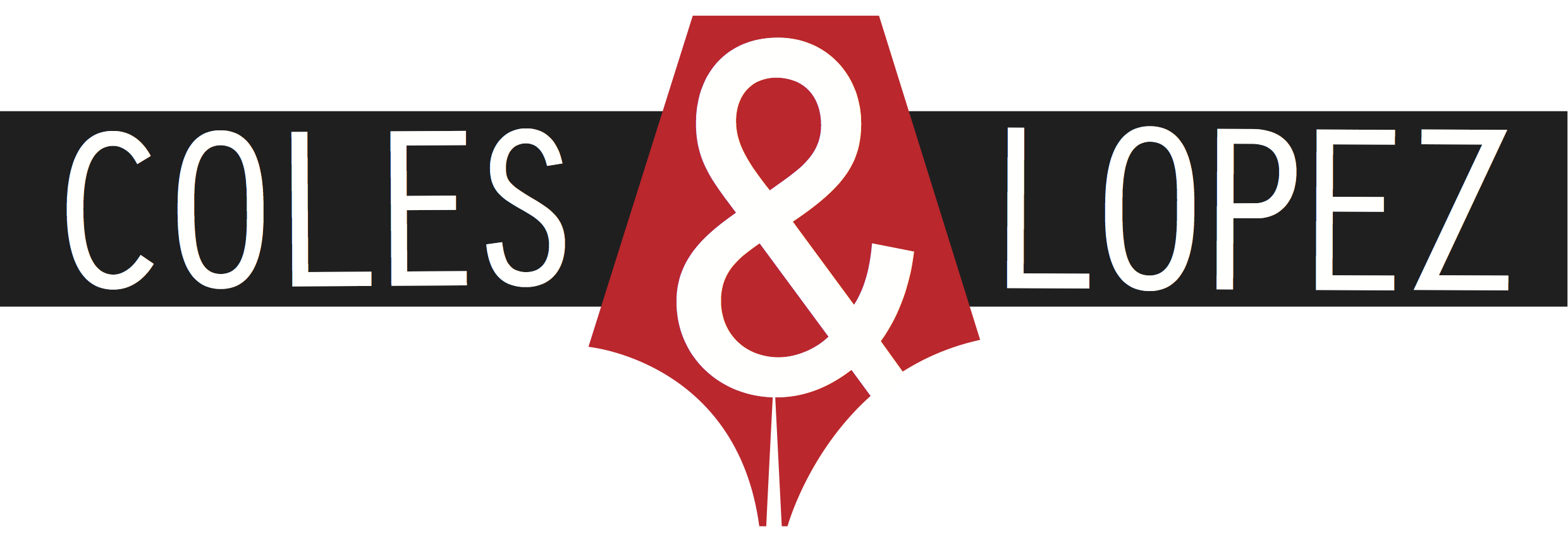2 Become 1
In April 2013, the Associated Press made a change to their highly respected style guide that sent shockwaves through the editing community. They changed this:
"under way Two words in virtually all uses: The project is under way. The naval maneuvers are under way. One word only when used as an adjective before a noun in a nautical sense: an underway flotilla."
To this:
"underway One word in all uses."
It came as a surprise to us editors who were used to dutifully inserting a space whenever we encountered “underway” as one word. But, almost four years later, I imagine most of us have made our peace with it. (Unless, of course, we follow a different style guide – the equally respectable Chicago Manual of Style still insists on “under way”.)
Language evolves, whether we like it or not. Having said that, evolution takes time, and it would be wrong to jump the gun by condensing words willy-nilly before AP and the like give their blessing. So, until further notice, the below terms should always be written as two words, not one:
WRONG RIGHT
alot a lot
anyday any day
thankyou thank you
upto up to
If those are the red-light words, these are the yellow-light ones – they’re still frowned upon in formal writing, but they’re becoming more and more accepted casually, and chances are they’ll go the way of “underway” within our lifetimes:
WRONG RIGHT
alright all right
onto* on to
Until then, hold your horses and hit that space bar (which, by the way, is well on its way to becoming a “spacebar”).
*However, note that “into” is usually one word, as we discussed here.
All right all right . . . alright?

